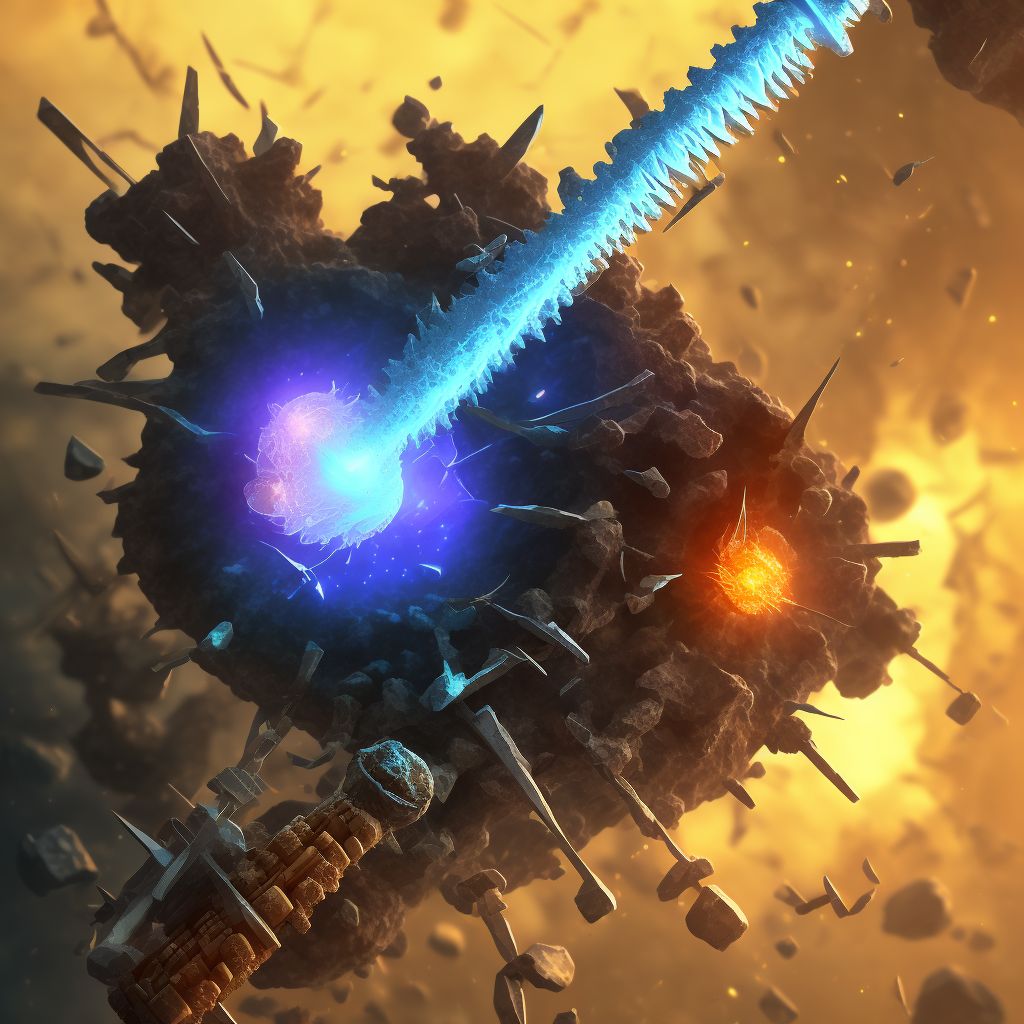
Nondisplaced spiral fracture of shaft of left tibia, subsequent encounter for closed fracture with delayed healing Save
ICD-10 code: S82.245G
Disease category: S82.245: Nondisplaced spiral fracture of shaft of left tibia
Nondisplaced Spiral Fracture of Shaft of Left Tibia: Understanding Delayed Healing
When it comes to bone fractures, the nondisplaced spiral fracture of the shaft of the left tibia is a common occurrence. This type of fracture involves a break in the tibia bone, which is the larger of the two bones in the lower leg. While this injury may result from various causes, such as sports accidents or falls, the focus of this article will be on the subsequent encounter for closed fracture with delayed healing.
Delayed healing refers to a situation where the bone takes longer than usual to heal. It is important to note that this is a relatively common complication and does not necessarily indicate any underlying health concerns. However, understanding the factors that contribute to delayed healing can help individuals make informed decisions about their recovery process.
- Fracture Severity: The severity of the initial fracture can impact the healing time. In the case of a nondisplaced spiral fracture of the shaft of the left tibia, the fracture is not significantly displaced, meaning the bone fragments remain aligned. This often leads to a quicker healing process compared to displaced fractures.
- Age: Age plays a role in bone healing. As individuals get older, their bones tend to heal slower due to reduced blood flow and decreased bone density. This may contribute to delayed healing in older individuals.
- Smoking: Smoking is known to impair bone healing. The harmful chemicals in cigarettes restrict blood vessels, reducing the supply of oxygen and nutrients to the injured area. Consequently, smokers may experience delayed healing.
- Nutrition: Adequate nutrition is essential for bone healing. A well-balanced diet rich in vitamins and minerals, particularly calcium and vitamin D, promotes bone health and accelerates the healing process. Poor nutrition may delay healing.
- Physical Activity: Engaging in appropriate physical activity can stimulate blood flow, which aids in healing. However, excessive or inappropriate activity can impede the healing process. It is crucial to follow the guidance of healthcare professionals when it comes to physical activity during the recovery period.
While treatment options for a nondisplaced spiral fracture of the shaft of the left tibia are beyond the scope of this article, it is important to consult with a healthcare professional for proper diagnosis and guidance. Understanding the factors that contribute to delayed healing can help individuals make informed choices to support their recovery and optimize healing time.
Treatment of Nondisplaced spiral fracture of shaft of left tibia, subsequent encounter for closed fracture with delayed healing:
Treatment Options for Nondisplaced Spiral Fracture of Shaft of Left Tibia, Subsequent Encounter for Closed Fracture with Delayed Healing
Dealing with a nondisplaced spiral fracture of the shaft of the left tibia can be challenging, especially when it leads to delayed healing. However, there are several treatment options available that can aid in the recovery process. It is crucial ...
To see full information about treatment please Sign up or Log in